Don’t Fear the Glass Cooktop: A Pro’s No-Nonsense Guide to Keeping It Flawless
Over the years in the appliance business, I’ve seen it all. I’ve walked into kitchens where a glass-ceramic cooktop looks brand new after years of daily use. And, to be honest, I’ve also seen new ones that were completely trashed in less than a month. The difference almost always boils down to one thing: knowing what you’re doing.
In this article
These surfaces are tough, but they aren’t invincible. They play by a different set of rules than the old-school coil stoves or gas grates. That’s the first mistake people make—treating them the same. A glass-ceramic surface is a sleek piece of engineering, and it needs a specific approach for your cookware, cleaning, and day-to-day use. But this isn’t about constant, back-breaking work. It’s just about forming the right habits. My goal here is to pass along the practical knowledge I’ve picked up from countless service calls so you can keep your cooktop looking great for years.
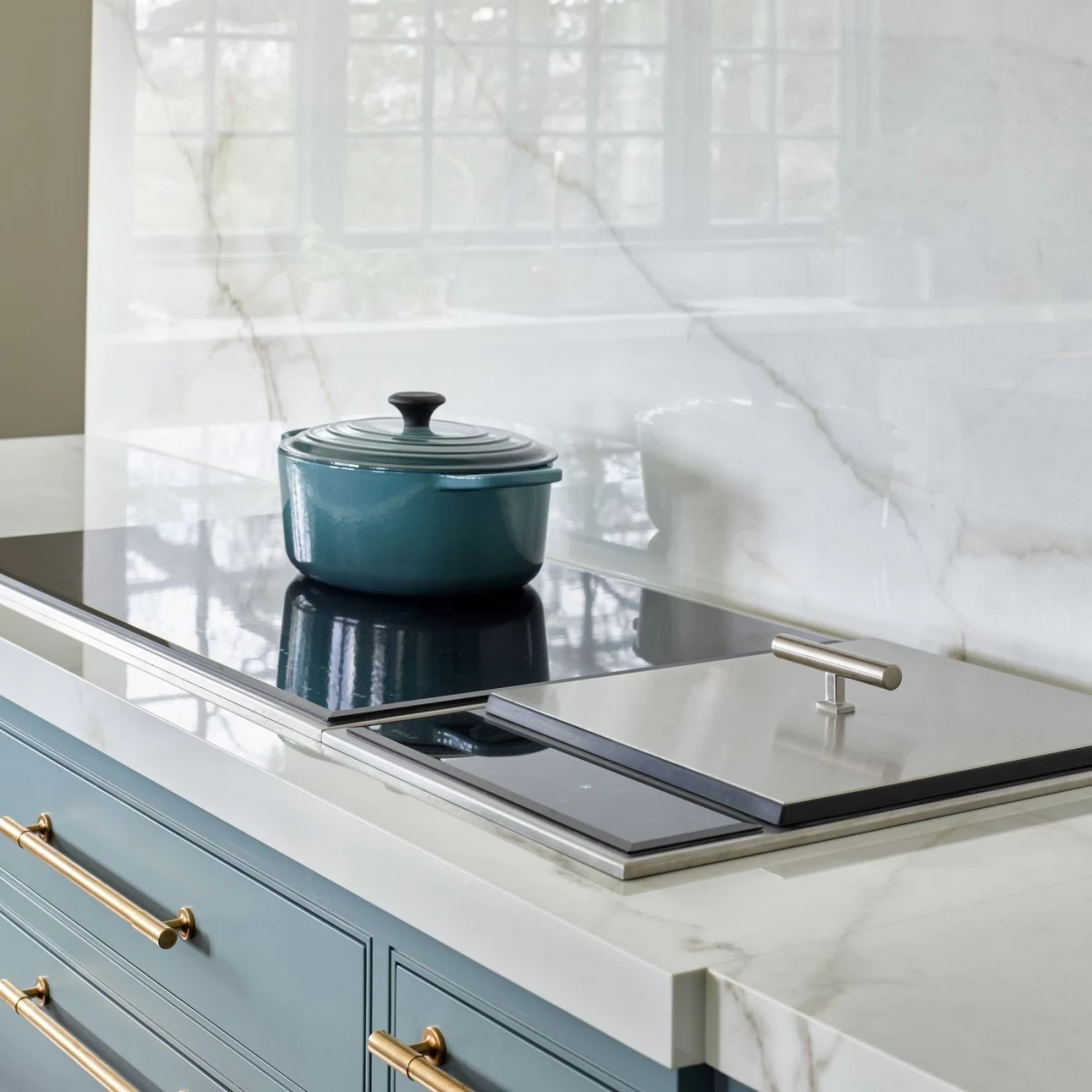
First Things First: What Are You Actually Cooking On?
Let’s clear something up right away. That slick surface isn’t just a simple sheet of glass. It’s a special composite material known as glass-ceramic. It’s made by taking glass, adding special agents to it, and then using a controlled heating and cooling process. This creates microscopic crystals inside the glass, giving it some pretty incredible properties.
The biggest benefit is amazing thermal stability. This means one burner can be red-hot while the area just inches away stays cool enough to touch. It also has almost no thermal expansion, so it won’t crack under normal cooking heat. Underneath, you either have glowing radiant elements that heat the glass, or induction coils that use magnets to heat the pan directly. While induction tops are generally easier to clean (since spills don’t bake on with the same intensity), the glass-ceramic top itself is the same material and is still vulnerable to the same kinds of physical damage.
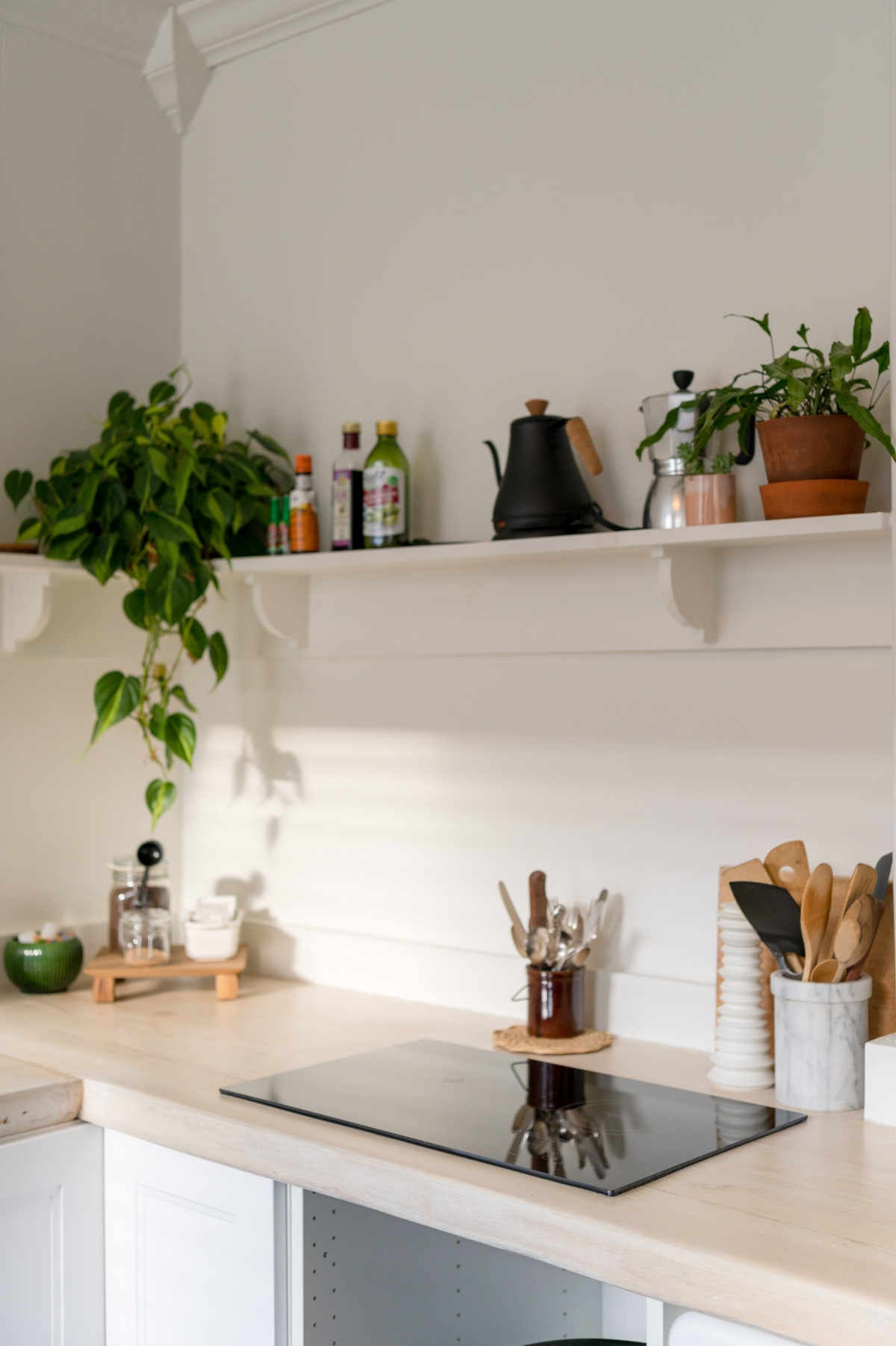
The key concept to get your head around is thermal shock. That’s just a fancy term for a sudden, extreme temperature change. You know how a hot pan can warp if you douse it in cold water? Same idea. Glass-ceramic is very resistant, but it has its limits. So, never take a glass bakeware dish straight from a hot oven and set it on your cool cooktop. I once had a client who was heartbroken after a massive crack appeared on her new stove—that was the exact cause. The temperature difference can shatter the dish, the cooktop, or both.
The Most Important Choice: Your Cookware
I’d say more than half of all the damage I see is caused by using the wrong pots and pans. Your cookware is the only thing that actually touches the surface, so choosing the right tools is the single most important thing you can do to protect your investment.
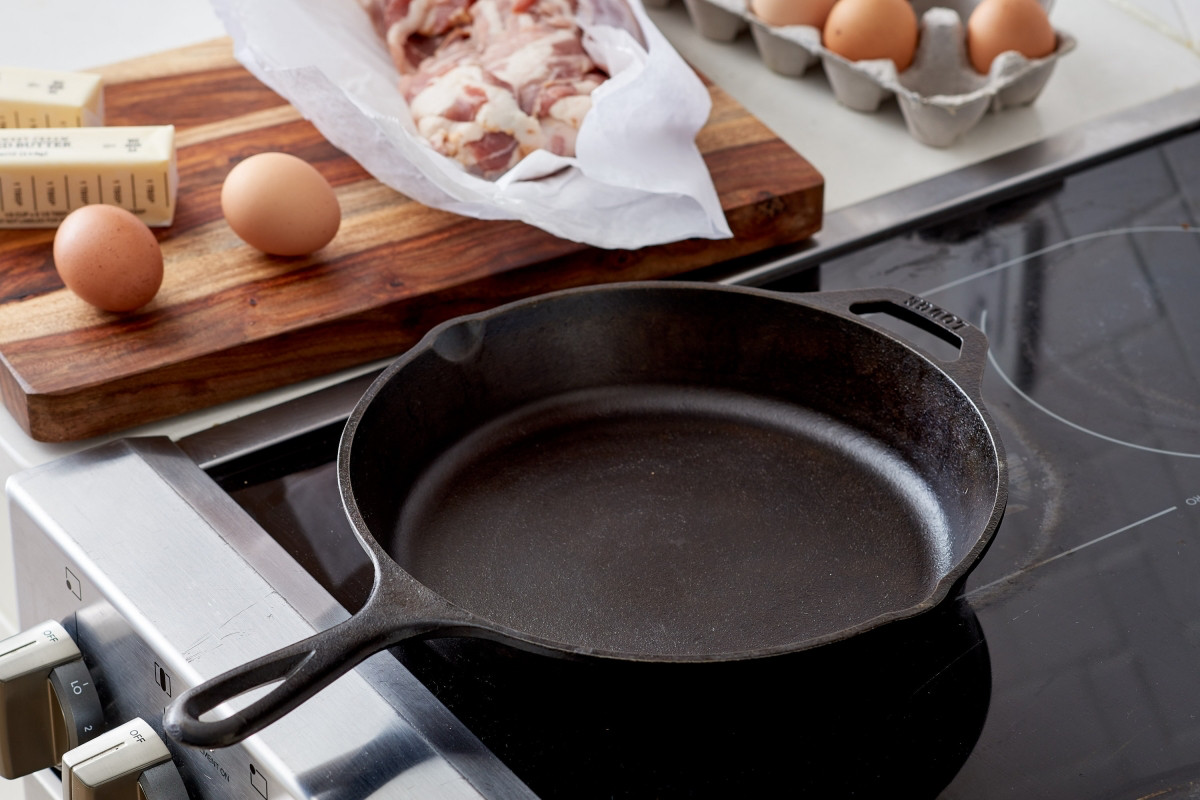
The ideal pan has a heavy, perfectly flat bottom. This gives you the best contact for even heating and keeps the pan from wobbling around.
Here’s a quick rundown of your options:
- The Gold Standard: Stainless Steel. Honestly, this is your best bet. Look for pans that have a thick, multi-ply base, which often sandwiches a layer of aluminum or copper for better heat distribution. They’re smooth, stable, and won’t leave behind any metal residue. A good, heavy-bottomed stainless steel pan is a worthwhile investment. Expect to pay anywhere from $50 to over $100 for a single high-quality skillet, but it will last a lifetime.
- A Great Alternative: Heavy-Gauge Aluminum. Hard-anodized aluminum is another solid choice. It’s lighter than steel and a fantastic heat conductor. The key is to make sure the bottom is thick and flat. Steer clear of cheap, thin aluminum pans, as they’re notorious for warping.
- Use With Extreme Caution: Cast Iron & Copper. I get asked about these all the time. Enameled cast iron is generally okay if the bottom is smooth and—this is critical—you always lift it, never slide it. Bare cast iron, however, is a huge risk. Its bottom is naturally rough and can easily leave deep, permanent scratches. It’s like dragging sandpaper across the glass. Copper-bottomed pans can also leave metallic streaks that look like scratches. You can usually scrub them off, but it’s a hassle.
Cookware to Avoid at All Costs:
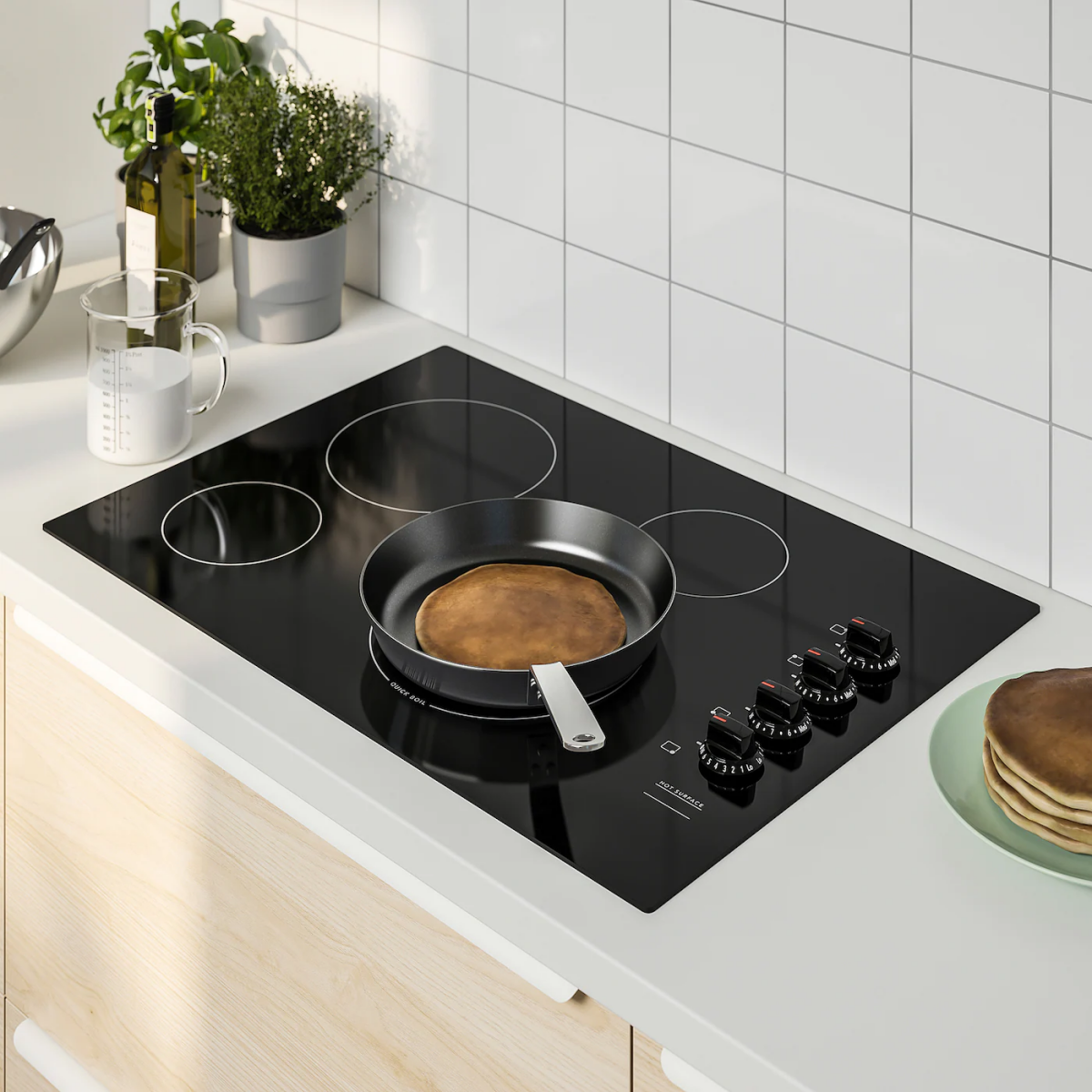
Steer clear of glass, ceramic, and stoneware pots and pans. It seems like they’d be a perfect match, but they are poor heat conductors and can easily scratch the surface. Worse yet, if you have a boil-over with something sugary, the pot can literally fuse to the cooktop. Also, any pan with a rough, unglazed ring on the bottom is a guaranteed scratch-fest.
Oh, and one more thing. Go check your favorite pan right now. Seriously. Place a ruler across the bottom. Can you see any daylight underneath? If so, the pan is warped. A warped pan will spin, cook unevenly, and can create intense hot spots that stress the glass. Time for an upgrade!
Daily Habits for a Flawless Finish
It’s what you do every day that makes the biggest difference. These simple, consistent habits will prevent 99% of all potential problems.
The Golden Rule: Lift, Don’t Drag.
If you remember nothing else, remember this. Never, ever slide your cookware on the surface. Even if the pan feels smooth, tiny bits of salt, sugar, or other grit can get trapped underneath. Dragging the pan grinds those little abrasives right into the glass, causing a web of fine scratches. Always lift pots and pans to move them, even if it’s just to a different burner.
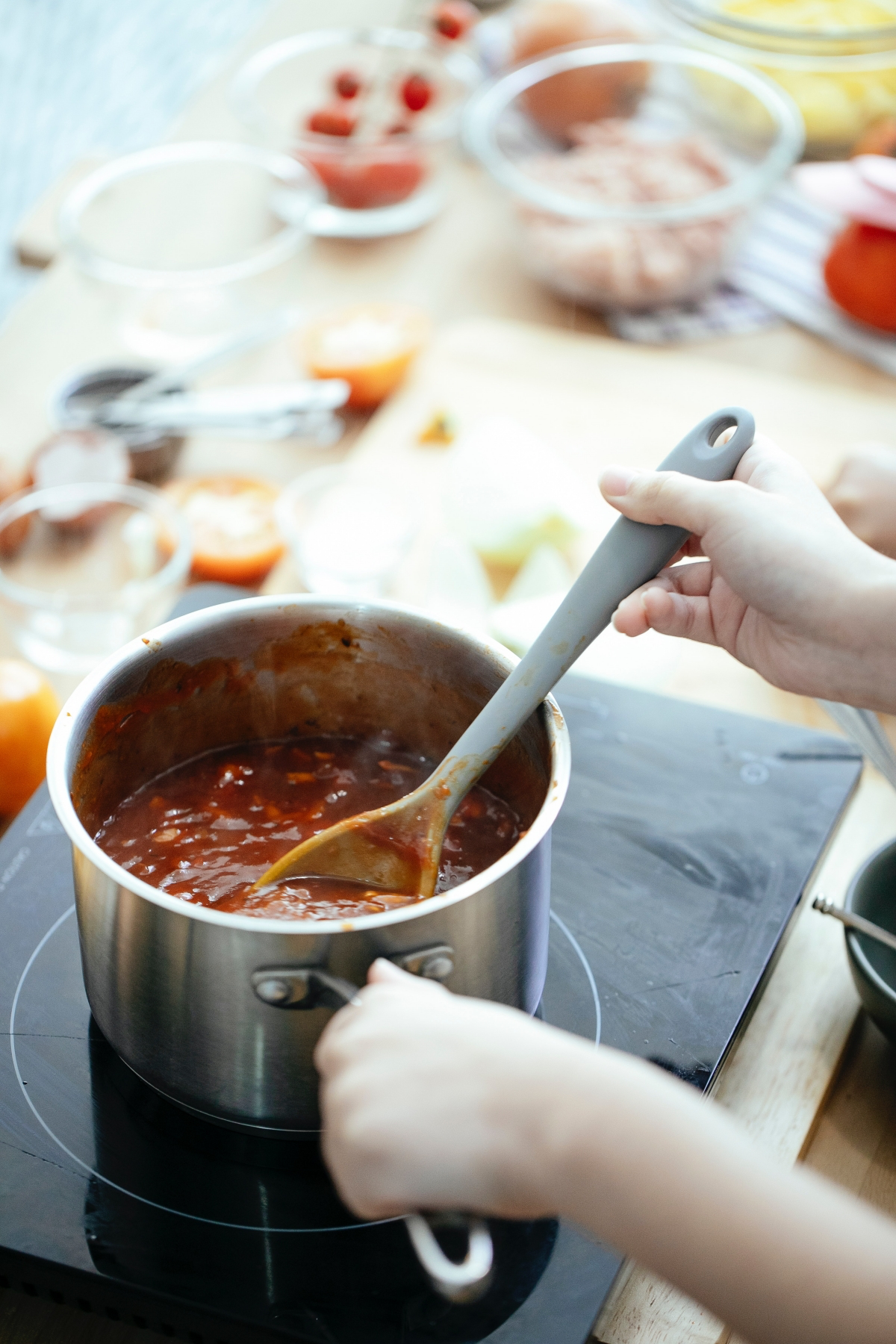
Start with a Clean Slate.
Before you turn on a burner, give the cooktop a quick wipe with a damp cloth to remove any dust or crumbs. Then, check the bottom of your pan for any baked-on gunk. If you put a dirty pan on a hot burner, that old food and grease will carbonize into a tough black deposit on your cooktop that’s a nightmare to clean off.
Tackle Spills Immediately (But Safely!)
Spills happen. The most dangerous ones are anything with high sugar content—think jam, syrup, or even some tomato sauces. Melted plastic is also an emergency.
If a sugary or plastic spill happens, you have to act while it’s still hot and liquid. Turn off the burner, put on a protective oven mitt, and use a razor blade scraper (more on this tool in a second) at a low angle to carefully push the spill off the hot surface and onto a paper towel. If you let a sugary spill cool, it can bond to the glass and literally pull a chunk out, leaving a permanent pit when you try to remove it later. For non-sugary spills like water or broth, you can let the surface cool down before wiping them up.
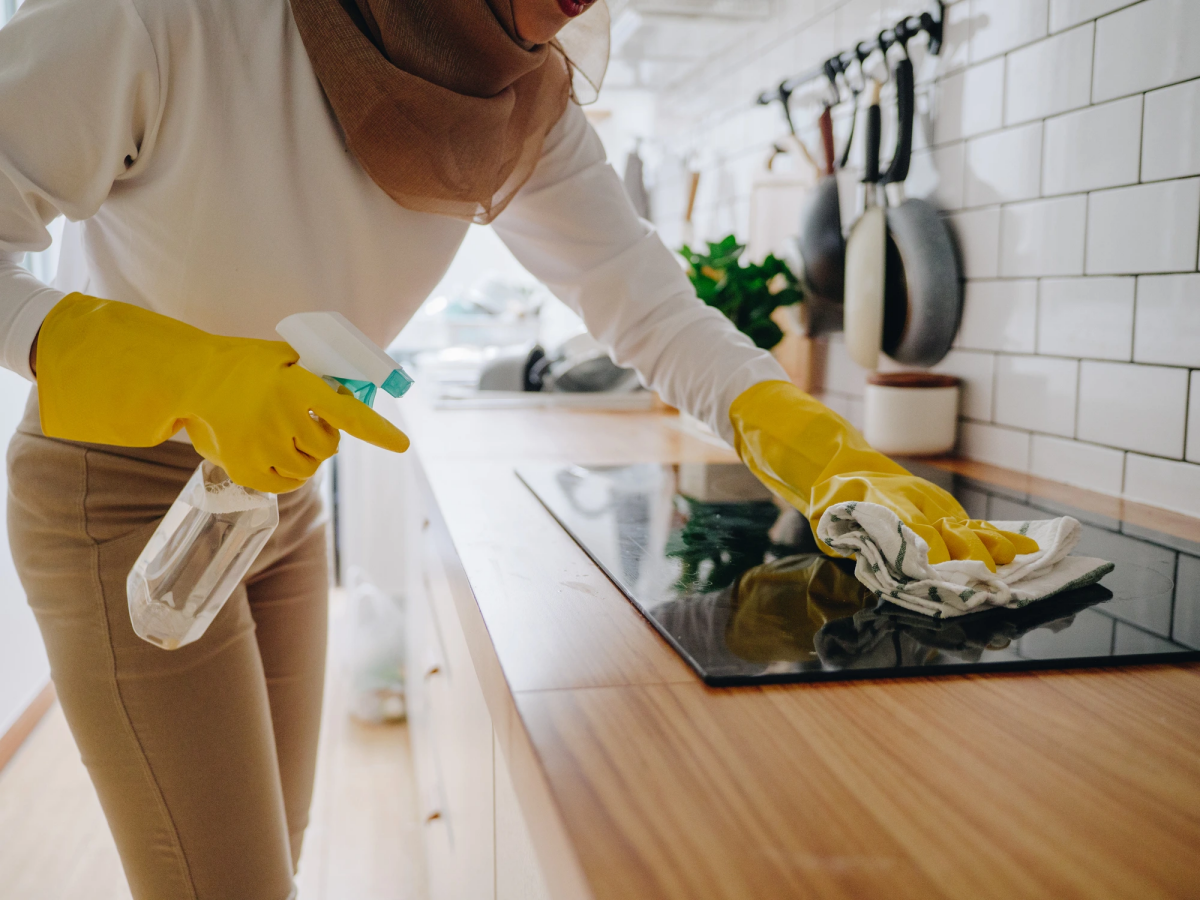
The Pro Cleaning Method
For routine cleaning and tackling tough stains, you need a dedicated system. Forget the all-purpose spray; it won’t cut it.
Your Essential Cleaning Kit Shopping List:
- A Cooktop Cleaning Cream: Look for the specialty creams made specifically for glass-ceramic surfaces. They contain gentle abrasives and conditioners that scrub safely. A bottle usually costs between $5 and $10.
- A Razor Blade Scraper: This is your secret weapon. And heads up, this is not a paint scraper from the hardware store! It’s a special kitchen tool, usually a plastic handle that holds a single-edge razor at a safe, shallow angle. You can find them right next to the cleaning creams for $3 to $8.
- Non-Abrasive Scrub Pads: Think of the blue ones, NOT the green ones. The green pads are too aggressive and will scratch. A 3-pack is about $4.
- Microfiber Cloths: A couple of these are perfect for wiping and buffing.
Step-by-Step Deep Cleaning
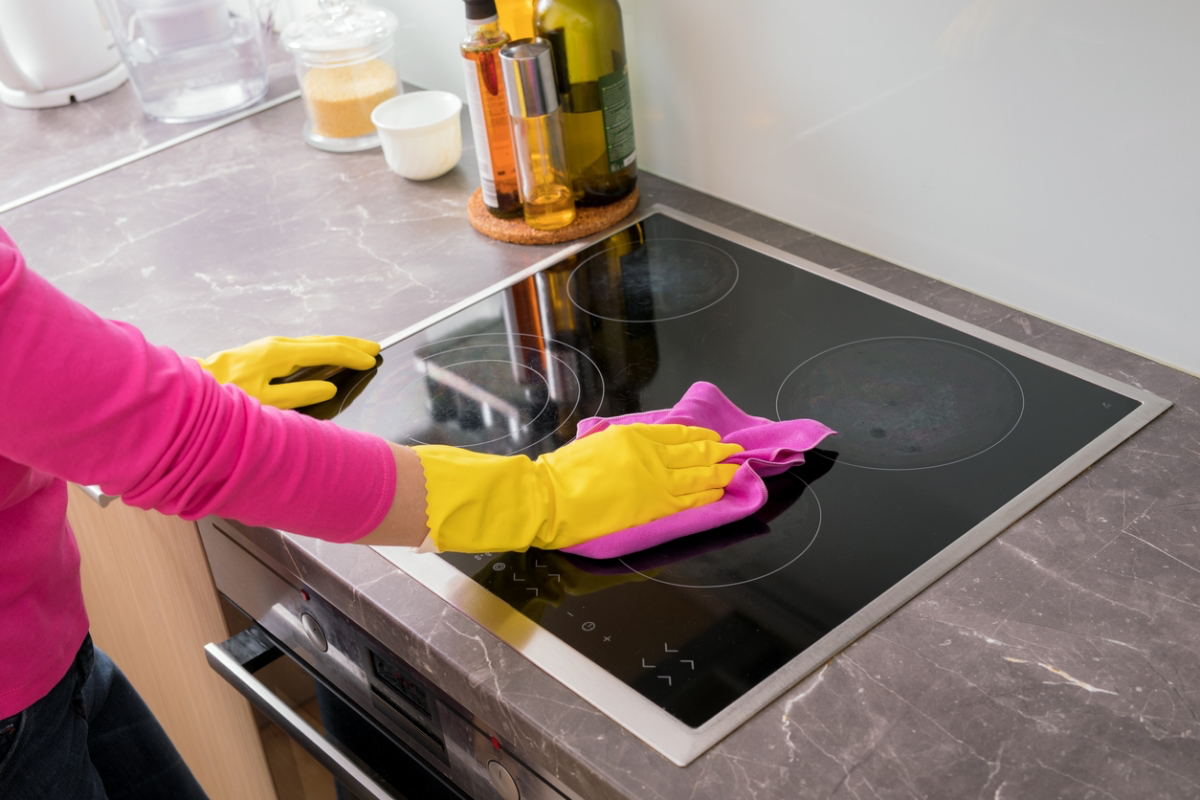
For a regular clean, this whole process should take you less than 10 minutes. For a really stubborn, baked-on disaster, set aside maybe 20-30 minutes.
- Let It Cool Down. Completely. Never try to clean a hot cooktop. You’ll get burned, and the cleaner will just bake on, making a bigger mess.
- Scrape First. A quick tip from my experience: For really stubborn, welded-on gunk, lay a hot, damp cloth over the COOLED-DOWN spot for about 15 minutes before you start. It softens everything up and saves a ton of elbow grease. Then, hold your razor scraper at about a 30-degree angle and use firm, steady pressure to get under the burnt-on food and lift it off.
- Apply the Cream. Shake the bottle well and squeeze a quarter-sized amount onto the stained areas.
- Scrub Gently. Use your non-abrasive pad and work the cream into the surface with firm, circular motions. You don’t need to apply massive force; let the cream do the work.
- Wipe & Rinse. Use a damp paper towel or microfiber cloth to wipe away all the cream and gunk. It’s crucial to get it all off, or the residue will burn on next time you cook.
- Buff to a Shine. Use a second, clean, dry microfiber cloth to buff the surface to a streak-free, polished shine.
By the way, I recommend doing this full deep clean about once a month, or anytime you have a major spill. The daily wipe-down is the real hero, though.
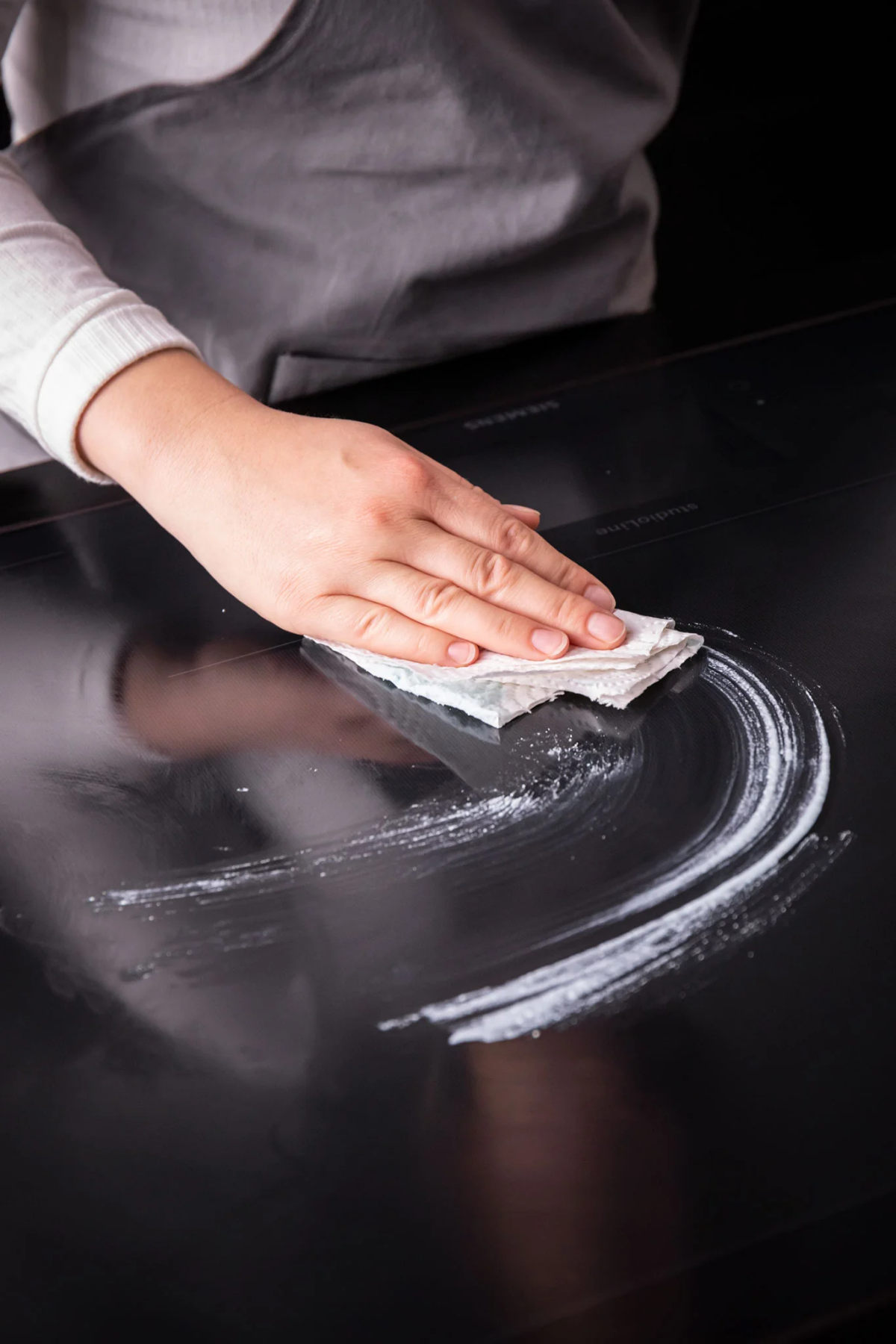
What About Those Silicone Cooktop Mats?
This is a big question I get these days. People see these mats online and wonder if they’re a magic solution. The answer is… it’s complicated.
On one hand, they can absolutely protect against scratches, which is a huge plus. But they have downsides. On radiant cooktops, they can trap heat, which might cause the stove’s safety sensors to shut the burner off. If used at too high a temperature, some can melt or leave a sticky residue. For induction, they’re generally safer since the mat itself doesn’t get as hot, but they can still reduce heating efficiency.
My take? If you’re going to use one, read the manufacturer’s instructions very carefully, especially the maximum temperature rating. To be frank, I think building good habits is a better and more reliable long-term solution.
Troubleshooting Common Problems
Even with great care, you might run into a few issues. Here’s how to handle them.
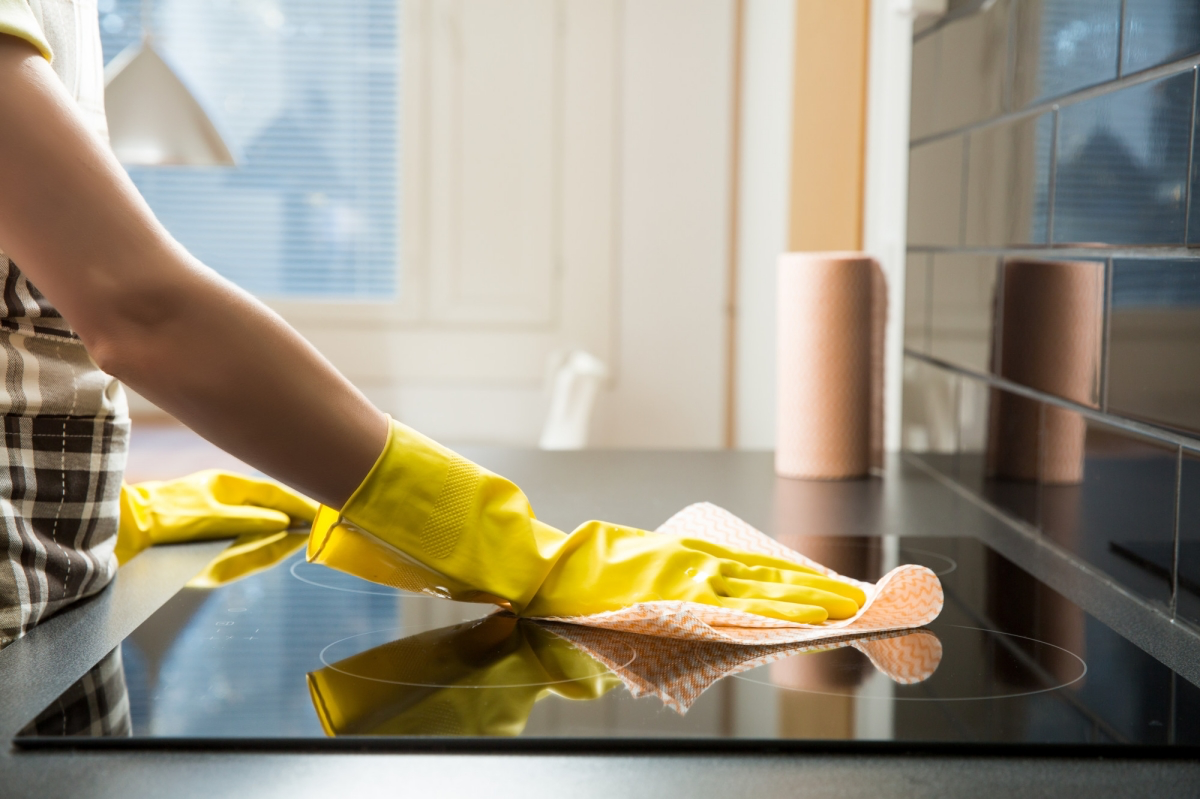
- The Problem: Cloudy White Stains. This is usually from hard water mineral deposits, often after boiling pasta or potatoes. A good scrub with your cleaning cream usually works. If it’s stubborn, spray a 50/50 mix of white vinegar and water on the cool surface, let it sit for a few minutes to dissolve the minerals, then wipe it off and follow up with your regular cleaner.
- The Problem: Rainbow or Oily-Looking Stains. These look alarming but are usually harmless. It’s just a reaction between minerals in your food or water and the heat. A thorough cleaning with the cooktop cream will almost always polish it right out.
- The Problem: Scratches. I have to be honest here: most true scratches in glass-ceramic are permanent. First, check if it’s a scratch or just a metal deposit from a pan. If the mark comes off with cleaning cream, it was a deposit. If it stays and you can feel it with a fingernail, it’s a scratch. I generally advise against the
Inspiration:
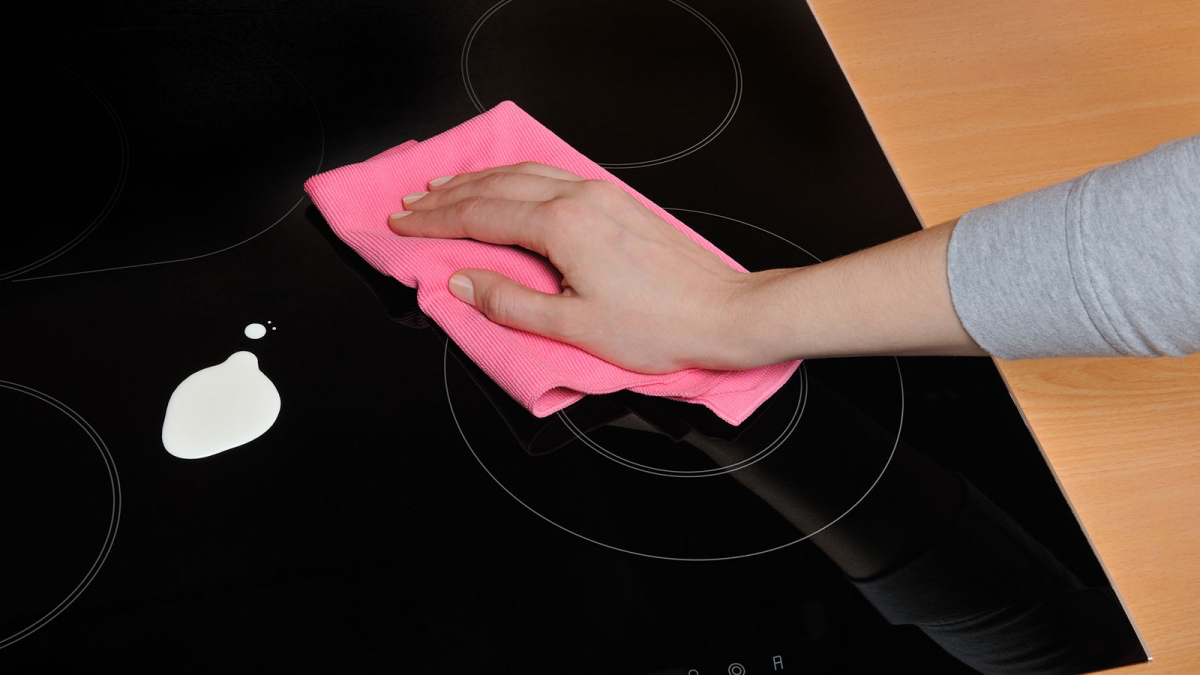
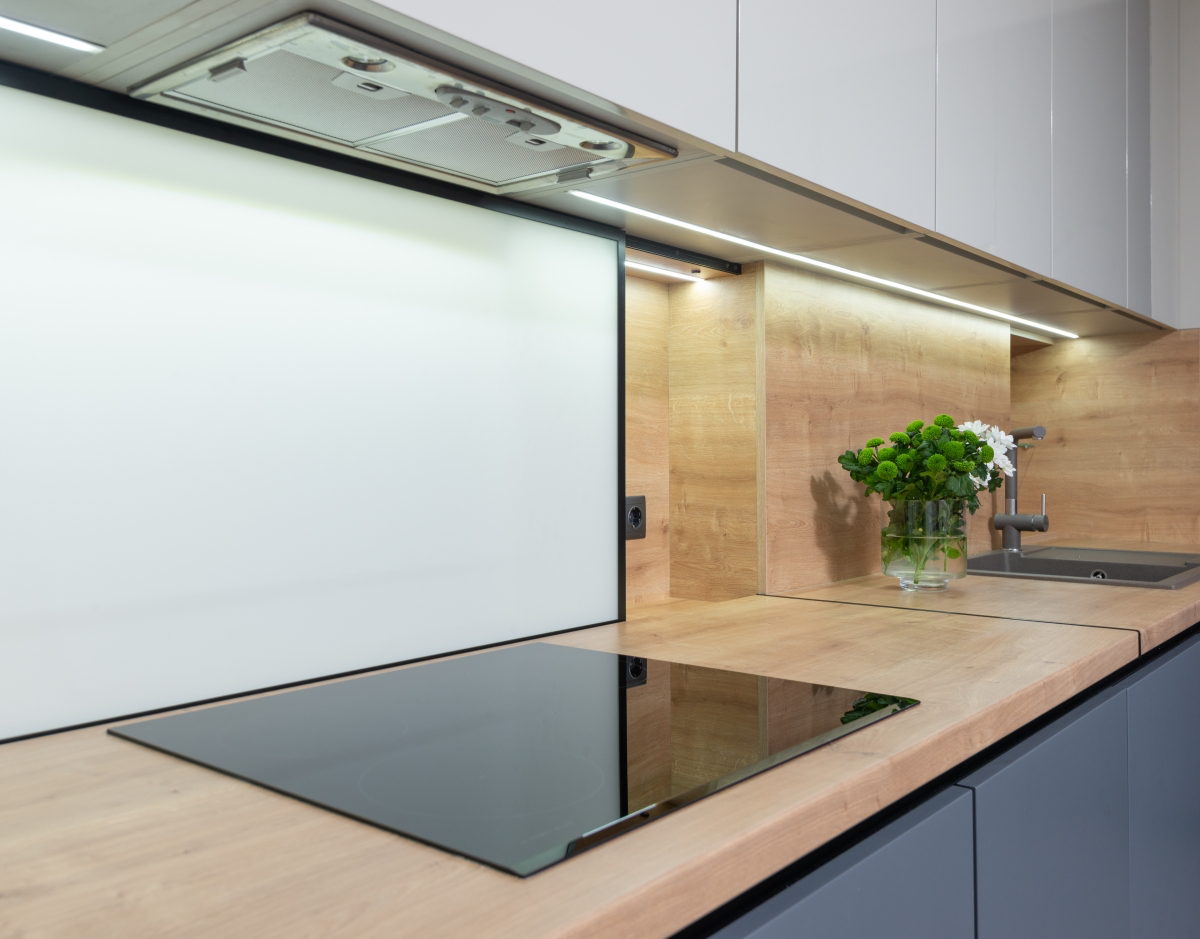
Stainless Steel Cookware: Often the best choice. Look for pans with a heavy, flat, and smooth bottom to ensure even contact and heat distribution. Brands like All-Clad or Cuisinart’s multi-clad lines are excellent examples that won’t scratch the surface.
Cast Iron Cookware: A tricky one. While its heat retention is superb, its rough texture and heavy weight pose a risk. Never slide a cast iron skillet (like a classic Lodge); always lift it. Any grit trapped underneath can easily cause deep scratches.
For peace of mind, clad stainless steel is the safer bet for daily use.
Spilled something sugary or melted plastic on the hot surface? Don’t panic, but act fast!
This is a true cooktop emergency. Once cooled, a sugary spill can bond to the glass and cause permanent pitting when you try to remove it. Turn off the burner. While it’s still warm (wear an oven mitt for safety!), carefully use a razor blade scraper, held at a 30-40 degree angle, to gently lift the spill. Clean the residue with a ceramic cooktop cleaner like Weiman or Cerama Bryte once it’s completely cool.










